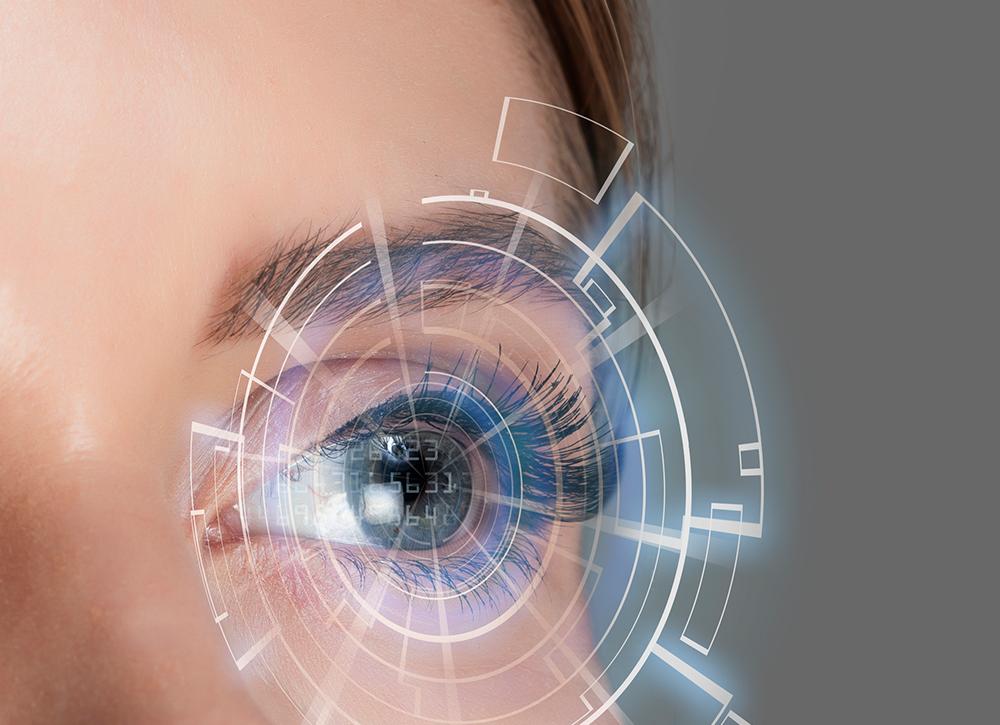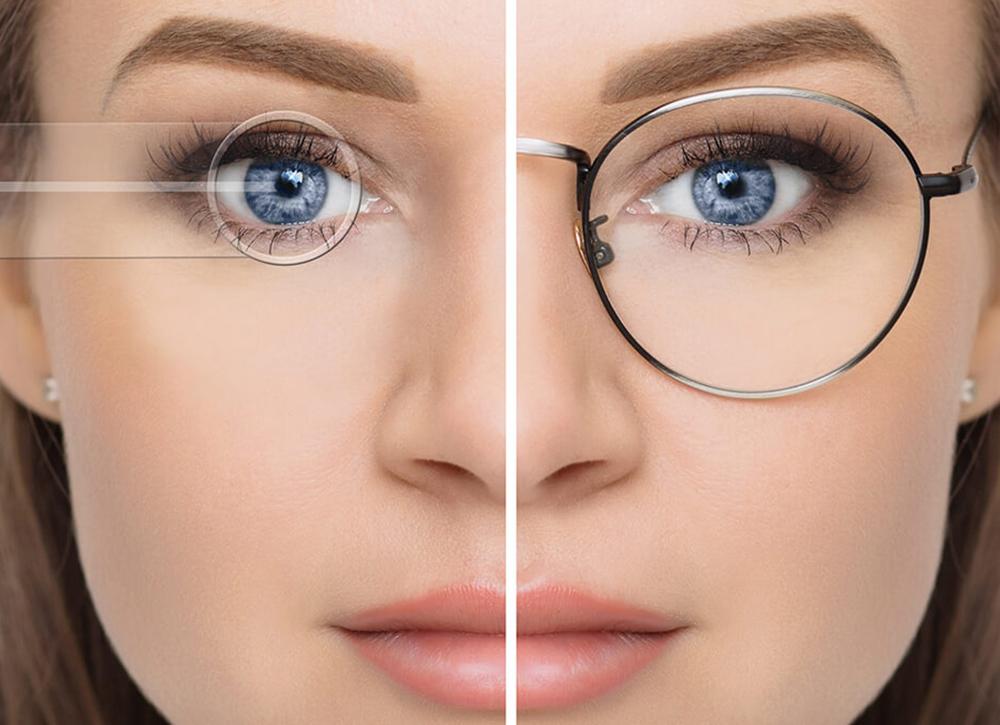In the previous article, we discussed “Corneal Refractive Surgery”. In this article, let’s talk about “The Sequelae Of Myopia Refractive Surgery”.
Recently, a friend described to me the painful sequelae of myopia surgery. Because of myopia surgery, he suffered from chronic pain and dry eyes, which seriously affected his life. Someone said, "Many people have undergone myopia surgery, and they are all fine." There are also people who think that "all operations have risks. The patient has known and signed to confirm before the operation, and this result should be accepted." So, do you really understand the sequelae of myopia refractive surgery? What are the sequelae?
Why does someone’s vision rebound after surgery?
At present, the mainstream surgery is laser type, among which lamellar surgery is to perform refractive ablation of the corneal stromal layer to reduce the curvature of the cornea in the pupil area.
During corneal refractive surgery, the anterior stromal layer in the central area of the cornea is cut and thinned, and the cut collagen fibers relax and retract to the periphery, and no longer assume the role of resisting intraocular pressure. The thickness of the peripheral corneal tissue increases, and the lateral cornea is sheared. The dynamic balance of the protruding cornea under the action of force and intraocular pressure makes the postoperative corneal morphology diversified, which affects the postoperative refractive state of the eyeball.(https://www.koalaeye.com/collections/eyeglasses)
Shallow ablation, the remaining corneal stromal layer is enough to resist the effect of intraocular pressure, and the lateral corneal shearing force is dominant. The central area of the cornea becomes flat under the traction of the surrounding tissues, and the refractive state is more early after the operation. Presents the effect of hyperopia drift.
With moderate ablation, the remaining corneal stromal layer tends to protrude forward under the action of intraocular pressure and become flattened by the shearing force of the surrounding collagen fibers, gradually tending to balance, and the corneal shape presents a relatively stable state.
Once the cornea is cut too deep, the balance is broken, and the remaining corneal stromal layer is not enough to support the effect of intraocular pressure. Refractive regression will occur, and in severe cases, postoperative corneal bulge will occur. Lamina ablation is more prone to postoperative corneal bulging than surface ablation.
Vision loss is one of the more common complications of refractive surgery. The lamellar surgery mentioned above is a complication of the surgery itself, but there are also various causes for different types of surgery, such as irregular astigmatism, corneal epithelial endogrowth, the turbid matrix and so on.
Why do people who have refractive surgery for myopia have dry eyes?
Refractive surgery affects the stability of the tear film to a certain extent, and sometimes it even takes a long time to recover after surgery. There are several main reasons why surgery affects the tear film.
(1)Age: With age, the structure and tissue that secrete the tear film will gradually decline, such as the decrease in the number of conjunctival goblet cells, the reduction of meibomian gland function, and the reduction of lacrimal gland secretion. Moreover, coupled with postoperative structural tissue repair and long recovery time from corneal and conjunctival wounds, the stability of the tear film will decrease.
(2)Gender: After a woman's amenorrhea, the content of androgens in the body decreases, which affects the lipid layer, causing the evaporation of water in the tear film to increase. The tear film becomes incomplete, and the stability decreases.
(3)Drugs: Some blood pressure lowering drugs can affect the secretion of tears. The preservatives contained in some eye drops have a toxic effect on the ocular surface epithelial tissue, and long-term use will affect the stability of the tear film. Long-term instillation of hormone eye drops will promote the decomposition of fat and protein and inhibit their anabolism, thereby affecting the production of lipid and mucus layers and destroying the stability of the tear film.
(4)The operation: Flushing the conjunctival sac may damage the goblet cells of the conjunctiva. In addition, intraoperative corneal laser ablation, corner scleral incision or clear corneal incision can cause sensory nerve fiber dysfunction around the incision and reduce the local corneal sensation. At this time, the reflex blink caused by dry stimulation on the ocular surface is reduced. Therefore, the tears evaporate too strongly, causing dry eyes.
Therefore, during refractive surgery, in order to protect the tear film and promote the recovery of the tear film function as soon as possible after the operation, the postoperative discomfort of the patient can be reduced. Careful inspection of the patient’s tear film function before surgery is particularly important. Careful operation during surgery can also minimize damage to the ocular surface structure. After surgery, rational use of drugs to supplement artificial tears. For patients with dry eye symptoms, artificial tears can be used to relieve symptoms before surgery.
After corneal refractive surgery, can I still receive cataract surgery in the future?
Let's take cataract RLE surgery as an example. For cataract patients with a history of corneal refractive surgery such as RK, PRK, and LASIK, RLE is different from conventional cataract surgery.
(1)The difficulty of surgery increases and complications are prone to occur. RK surgery may damage corneal endothelial cells. The coefficient of variation of corneal endothelial cells and the ratio of hexagonal cells in highly myopic eyes are abnormal. Corneal endothelial function may be decompensated after surgery.
(2) It is more difficult to calculate the IOL refractive power. RK surgery flattened the central curvature of the cornea, and the peripheral curvature was steep, causing the keratometer measurement value to be higher than the actual value and the calculated IOL power being lower. PRK and LASK mainly correct myopia by changing the curvature of the corneal surface to flatten the front surface of the cornea. The ratio of the curvature of the anterior and posterior surface of the cornea changes after the operation, and various current IOL calculation formulas assume that the curvature of the anterior and posterior surface is constant, so systematic errors are generated.
Thank you for your time in reading our passage “The Sequelae Of Myopia Refractive Surgery”. For more information about sunglasses and eyeglasses, please continue to follow KoalaEye Blog. Also, it is welcome to share and forward to Facebook and Twitter.





































